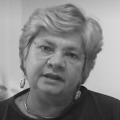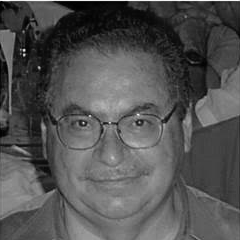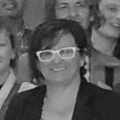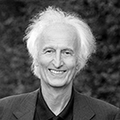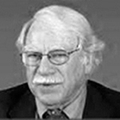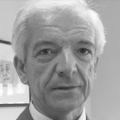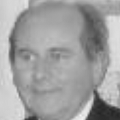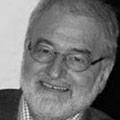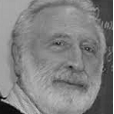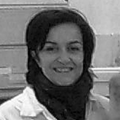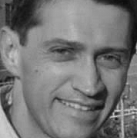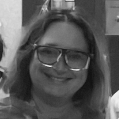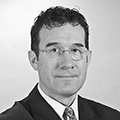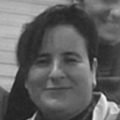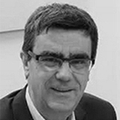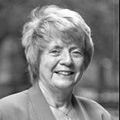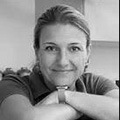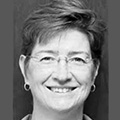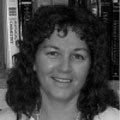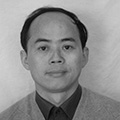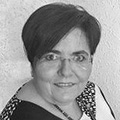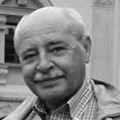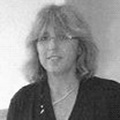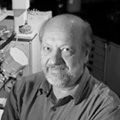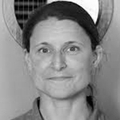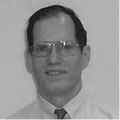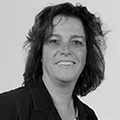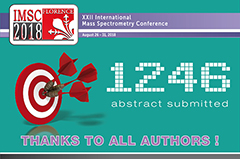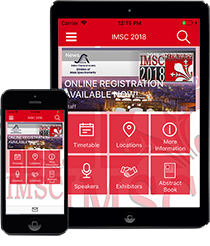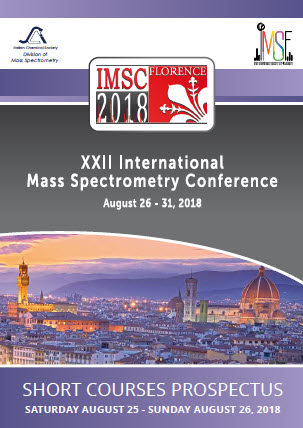
AGILENT TECHNOLOGIES

Date: Tuesday August 28th from 12.30 p.m. to 1.45 p.m.
Room 2 - Ground Floor at Spadolini Pavilion
Title: - New Innovations in LC-TQ and GC-QTOF for analysis of contaminants in food and Environmental Samples
Contact detail: 800 01 25 75
Registration link: http://www.agilent.com/chem/imsc2018
Agilent Technologies Lunch Symposium, Tuesday August 28th, 12.30-1.45 pm:
“New Innovations in LC-TQ and GC-QTOF for analysis of contaminants in food and Environmental Samples”
- Presentation title: Incredibly Powerful, Remarkably Efficient Quantitation
Speaker: Patrick Jeanville PhD. Agilent Santa Clara, USA
The ever-increasing threats to the food chain from adulteration, use of non-regulated pesticides, or pesticide contamination have increased exponentially resulting in global regulations for food safety being frequently assessed and modified. In 2017, we introduced a remarkably small revolutionary triple quad LC/MS called Ultivo for high performance routine quantitative analyses. This year we have taken Ultivo to a completely new level with a single, workflow-based software interface designed to maximize productivity from sample submission to reporting for laboratories performing pesticide residue analysis of food. - Presentation title: The Era of Mass Surveillance: Identify Suspects, Confirm Targets and Explore Unknowns with GC/Q-TOF
Speaker: Aaron Boice, Ph.D, Agilent Santa Clara, USA
This presentation will cover the advantages of performing simultaneous target, suspect and non-target screening on a high-resolution GC/Q-TOF platform. Using a novel exact mass spectral library of 1000+ compounds, rapid screening of suspect compounds for follow-on target confirmation and quantitation is enabled in a singular workflow. Refinement of targets for ultra-trace level analysis by GC/TQ is simplified by full spectrum, high resolution spectra and integrated software tools
Date: Wednesday August 29th from 12.30 p.m. to 1.45 p.m.
Room 2 - Ground Floor at Spadolini Pavilion
Title: - Advances in Ion Mobility Spectrometry for In-depth Biomolecule Investigations
Contact detail: 800 01 25 75
Room 2 - Ground Floor at Spadolini Pavilion
Title: - Advances in Ion Mobility Spectrometry for In-depth Biomolecule Investigations
Contact detail: 800 01 25 75
Registration link: http://www.agilent.com/chem/imsc2018
Agilent Technologies Lunch Symposium, Wednesday August 29th, 12.30-1.45 pm:
“Advances in Ion Mobility Spectrometry for In-depth Biomolecule Investigations”
- Protein analyses using Ion Mobility QTOF MS Combined with ECD Ion Fragmentation
Speaker: George Stafford Ph.D., Agilent R&D, Santa Clara, USA - Presentation title: Supercritical fluid chromatography coupled to ion mobility Q-TOF MS mass spectrometry for the analysis of lipids
Speaker: Hania Khouri Ph.D, Agilent Technologies, UK
Lipidomics, an emerging field in biomedical research, includes the identification and quantification of lipid biomarkers in different pathologies. Different lipid classes and multiple isomers within the same class necessitates the use of highly selective analytical techniques to separate and identify these compounds. Ion Mobility Mass spectrometry has proven to be the right choice of tool to identify complex mixtures of lipid isomers.
Supercritical fluid chromatography (SFC) is an orthogonal chromatographic method to classical liquid chromatography. When coupled to ion mobility mass spectrometry, these two cutting edge technologies show considerable promise to further advance lipid analysis and the field of lipidomics.
Date: Thursday August 30th from 12.30 p.m. to 1.45 p.m.
Room 2 - Ground Floor at Spadolini Pavilion
Title: - Digging Deeper: Getting More out of your HCP Analysis
Contact detail: 800 01 25 75
Room 2 - Ground Floor at Spadolini Pavilion
Title: - Digging Deeper: Getting More out of your HCP Analysis
Contact detail: 800 01 25 75
Registration link: http://www.agilent.com/chem/imsc2018
Agilent Technologies Lunch Symposium, Thursday August 30th, 12.30-1.45 pm:
“Advances in HRMS Hardware and Computational Modelling to Improve Compound Identification”
- Presentation title: Digging Deeper: Getting More out of your HCP Analysis
Speaker: Aaron Boice, Ph.D., Agilent Santa Clara, USA - Presentation title: Improved compound identification when using accurate mass instrument and computational predictions
Speaker: Eric Dossin, Research Associate Scientist, Philip Morris Product S.A., Neuchâtel, Switzerland
Discover how to improve the identification of low abundant proteins for Host Cell Protein analysis. This session will review automated sample preparation with the AssayMAP Bravo and the new Iterative MS/MS functionality on the 6545XT AdvanceBio LC/Q-TOF mass spectrometer.
Chemical characterization still remains a tedious process when dealing with non-targeted screening analyses. A total of 559 reference compounds, including n-alkanes, were analyzed by GC-QTOF-MS to generate our library including linear retention index (LRI) values. This dataset was used to optimize LRI prediction models and to predict LRI values related to cigarette smoke constituents and flavors reported in the literature. The comparison of measured and predicted LRI values together with accurate mass information added an additional layer of confidence for correct compound identification.



